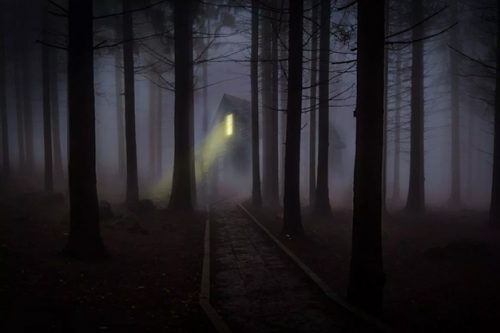

This article will discuss Blake and Moore’s use of visual and verbal aesthetics to identify as monstrous characters like Satan, Urizen and Orc in Blake and William Gull, Asmodeus and Cthulhu in Moore to pinpoint the meanings that underlie them and how the direct or indirect Blakean influence operates in Moore’s works. Via countercultural influence, Blakean antinomianism filtered down to Alan Moore, for whom the notion of evil depends on perspectives thus, in Moore, the socially unacceptable can appear as monstrous, but monstrosity is also a mode through which to make visible the oppressive order that defines transgression as such. The meanings of the monstrous in Blake are associated with evil in his works, where it can be understood as released or repressed energies, two types which correspond, respectively, to liberation or alienation.

In contrast to eighteenth-century discourses in which moral virtue and monstrosity were polar opposites, Blake’s universe is more complex and presents an ambivalent attitude towards revolution and social transgression embodied in the monstrous. 1790–1793), and the masses of blood and flesh appearing in The Book of Urizen (1794). William Blake’s illuminated books are full of depictions of the monstrous, like Orc’s or Urizen’s metamorphoses, bestial figures such as the Leviathan in The Marriage of Heaven and Hell (c.


 0 kommentar(er)
0 kommentar(er)
